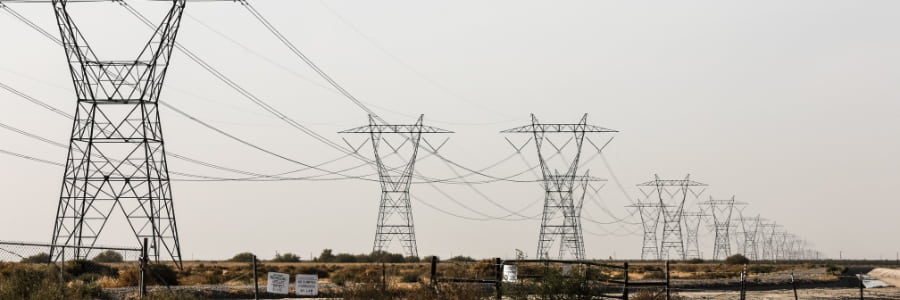Grid balancing ensures electricity consumption matches electricity production at any moment within an electrical grid. The equilibrium point for the European network, which operates on alternating current, is at a frequency of 50 Hertz. Grid operators ensure this frequency remains stable 24 hours a day, 365 days a year.
The frequency drops if too little electricity is fed into the grid to meet demand. Conversely, the electrical frequency increases if too much electricity is fed into the grid compared to the quantity consumed. Since power plants are designed to operate within a specific frequency range, both scenarios create a risk of failures, electricity cutting out, or blackouts in worst-case scenarios.
What are the challenges?
The green transition involves moving from fossil fuels to renewable sources across energy consumption, including transportation. This increases the need for electricity.
Simultaneously, integrating renewable energy sources such as solar, wind, and hydropower has made grid balancing more complex. These sources are unpredictable, relying on weather conditions that can change rapidly, resulting in more under or oversupplies of electricity. Simultaneously the rapid changes can lead to a need for greater flexibility in the way that the grid is balanced.
Other challenges include the grid needing to be able to accommodate increased demand. Transmission constraints in this new reality require constructing new, expensive electricity infrastructure – or more sophisticated approaches to energy production, use, and management.
How do True Energy and EVs help?
EV owners can help balance the grid using True Energy’s intelligent EV charging technology. For example, our smart charge feature enables scheduling charging to when the demand – and therefore the prices – are lower. For instance, you can plug an EV into the charger at 3 PM and set that you need a full battery at 7 AM the next day. Charging the vehicle to the desired level only takes five hours, so our charging software automatically decides when the actual charging will occur. Then, at 7 AM the next day, your vehicle is ready at the lowest possible cost.
Since electricity prices are defined by supply and demand, times with low prices often coincide with high energy production (especially from renewable energy sources). In this way, smart charge helps increase the utilisation of available energy, minimising the use of polluting backup generators.
Through True Energy’s Big Battery solution, EVs are pooled, and their charging is controlled through True Energy’s systems. Through this control, True Energy can provide utilities and grid operators with a flexible buffer that increases their ability to respond to varying energy production and minimise the costs associated with integrating renewable energy into the grid.
This also helps to increase the demand for variable energy prices and minimises the costs associated with integrating renewable energy into the grid.
The result is that users save money, assist with grid balancing, and support the green transition.


